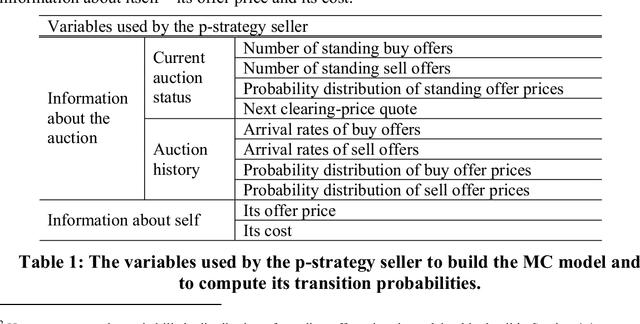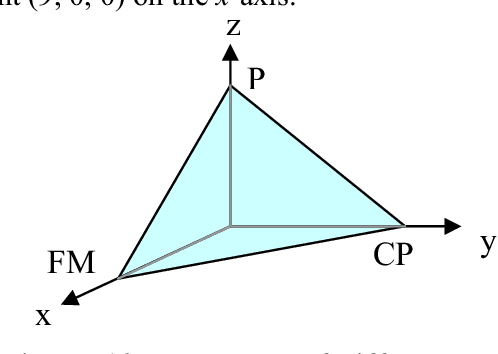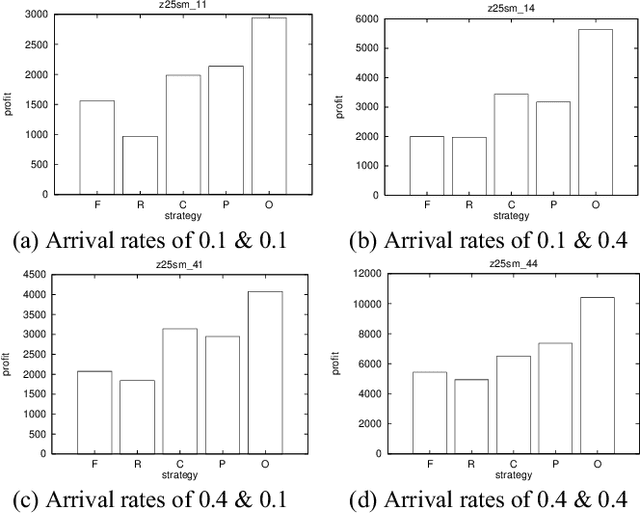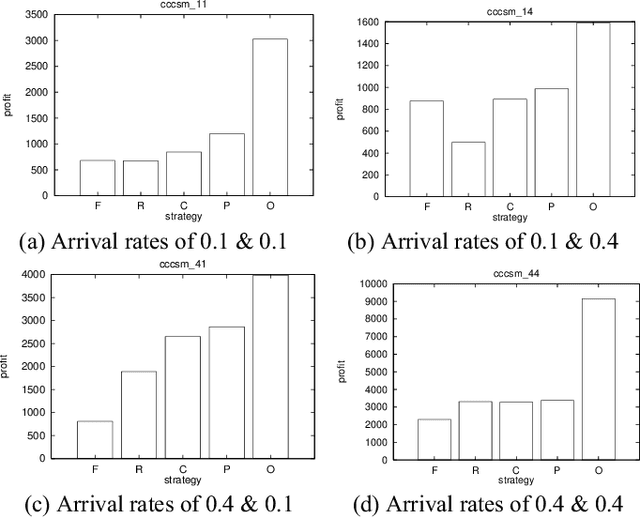S. Park
Explainability of Deep Neural Networks for Brain Tumor Detection
Oct 10, 2024



Abstract:Medical image classification is crucial for supporting healthcare professionals in decision-making and training. While Convolutional Neural Networks (CNNs) have traditionally dominated this field, Transformer-based models are gaining attention. In this study, we apply explainable AI (XAI) techniques to assess the performance of various models on real-world medical data and identify areas for improvement. We compare CNN models such as VGG-16, ResNet-50, and EfficientNetV2L with a Transformer model: ViT-Base-16. Our results show that data augmentation has little impact, but hyperparameter tuning and advanced modeling improve performance. CNNs, particularly VGG-16 and ResNet-50, outperform ViT-Base-16 and EfficientNetV2L, likely due to underfitting from limited data. XAI methods like LIME and SHAP further reveal that better-performing models visualize tumors more effectively. These findings suggest that CNNs with shallower architectures are more effective for small datasets and can support medical decision-making.
Video-Based Autism Detection with Deep Learning
Feb 26, 2024Abstract:Autism Spectrum Disorder (ASD) can often make life difficult for children, therefore early diagnosis is necessary for proper treatment and care. Thus, in this work, we consider the problem of detecting or classifying ASD in children to aid medical professionals in early detection. To this end, we develop a deep learning model that analyzes video clips of children reacting to sensory stimuli, with the intent on capturing key differences in reactions and behavior between ASD and non-ASD patients. Unlike many works in ASD classification, their data consist of MRI data, which requires expensive specialized MRI equipment, meanwhile our method need only rely on a powerful but relatively cheaper GPU, a decent computer setup, and a video camera for inference. Results on our data show that our model can generalize well and can understand key differences in the distinct movements of the patients. This is despite limited amounts of data for a deep learning problem, limited temporal information available to the model as input, and even when there is noise due to movement.
Use of Markov Chains to Design an Agent Bidding Strategy for Continuous Double Auctions
Jun 29, 2011



Abstract:As computational agents are developed for increasingly complicated e-commerce applications, the complexity of the decisions they face demands advances in artificial intelligence techniques. For example, an agent representing a seller in an auction should try to maximize the seller's profit by reasoning about a variety of possibly uncertain pieces of information, such as the maximum prices various buyers might be willing to pay, the possible prices being offered by competing sellers, the rules by which the auction operates, the dynamic arrival and matching of offers to buy and sell, and so on. A naive application of multiagent reasoning techniques would require the seller's agent to explicitly model all of the other agents through an extended time horizon, rendering the problem intractable for many realistically-sized problems. We have instead devised a new strategy that an agent can use to determine its bid price based on a more tractable Markov chain model of the auction process. We have experimentally identified the conditions under which our new strategy works well, as well as how well it works in comparison to the optimal performance the agent could have achieved had it known the future. Our results show that our new strategy in general performs well, outperforming other tractable heuristic strategies in a majority of experiments, and is particularly effective in a 'seller?s market', where many buy offers are available.
 Add to Chrome
Add to Chrome Add to Firefox
Add to Firefox Add to Edge
Add to Edge